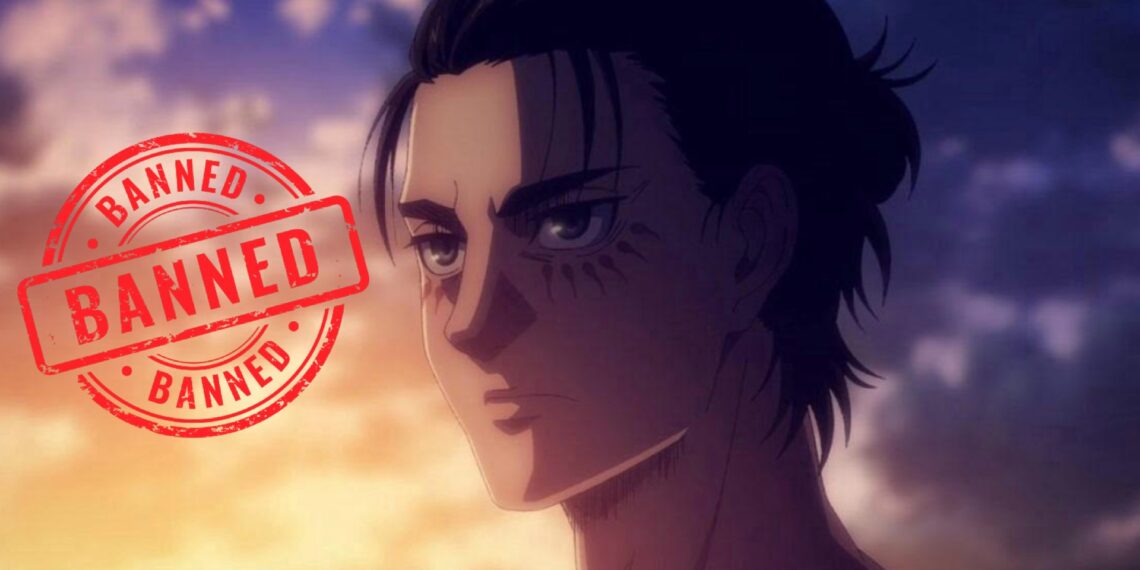The acclaimed anime series “Attack on Titan” stands apart for its gripping storytelling and intense action sequences. However, its unflinching depiction of violence and disturbing themes has also sparked controversy in some countries.
Creator Hajime Isayama crafted a narrative world that integrates graphic elements like gore and cannibalism. While pivotal to the story, these vivid portrayals of the horrors of war and a desperate battle for survival against man-eating Titans have raised moral concerns for certain cultures.
As a result, some governments and media oversight bodies have imposed restrictions or bans, judging the content too graphic for their audiences or against cultural norms.
Though internationally popular, “Attack on Titan” thus faces ongoing censorship debates regarding the artistic necessity of its darker elements versus considerations of taste, ethics, and age-appropriate viewership.
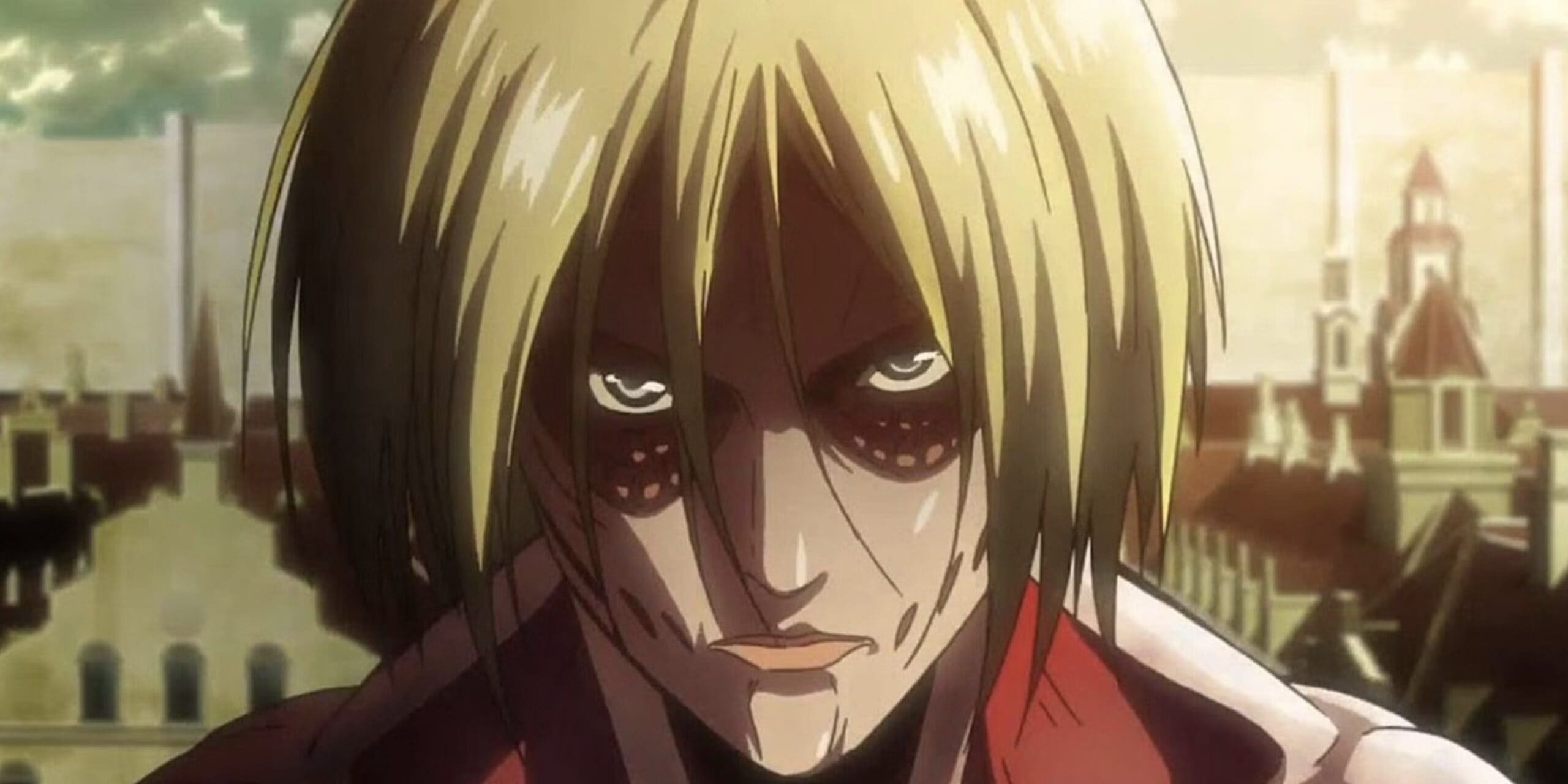
The anime elicits polarized reactions – lauded for its masterful if shocking vision, while also contested as possibly excessive or culturally insensitive.
Its explicit, unvarnished representation of violence touches on deeper questions of artistic integrity and expression versus social acceptability.
The countries where Attack on Titan faced a ban are Russia, China, Turkey, and South Korea.
Why was the Attack on Titan banned in Russia?
For fans awaiting the conclusion of “Attack on Titan’s” complex saga, this move obstructing access poses disappointments.
The motivations behind this media restriction likely involve perceived cultural and ethical clashes rather than purely artistic concerns.

It remains uncertain how stringently Russian authorities will implement the ban or monitor unofficial means of access. For now, the riveting tale woven in “Attack on Titan” seems fated to meet an abrupt end for Russian viewers rather than concluding on its own terms.
The popular Japanese anime series ‘Attack on Titan is facing an uncertain future in Russia. A court ruling has banned the distribution and broadcast of the show within Russia, along with several other adult animated series. The state-run Russian news agency RIA Novosti reported this development.
According to the report, court-appointed experts reviewed ‘Attack on Titan’ and determined that its violent content should not be allowed under Russian media laws.
The experts highlighted elements of cruelty and graphic violence as grounds for blocking the anime’s availability.
‘Attack on Titan’ joins other well-known animated series targeted by this ruling, including ‘Happy Tree Friends’ and ‘Akira.’

The report suggests these cartoons are being singled out for containing adult themes and violence that Russian authorities have deemed inappropriate or concerning.
As a result, Russian anime fans may not get a chance to see the concluding episodes of ‘Attack on Titan.’ The show’s complex and violent storylines exploring human nature and society in a post-apocalyptic world have resonated with global audiences. But in Russia, those plot points are now subject to censorship through this court-ordered distribution ban.
The ruling reflects wider efforts by Russian authorities to restrict certain media and online content.
However, it remains to be seen how the ban will be implemented and whether fan interest in ‘Attack on Titan will persist despite the restrictions. For now, the finale of this iconic anime seems destined to never officially air in Russia.
Why was the Attack on Titan banned in China?
An additional driver behind China’s banning of “Attack on Titan” pertains to perceptions that the anime contains a political allegory that is objectionable to Chinese authorities.
Some Chinese critics interpret Attack on Titan as conveying anti-authoritarian messages with critiques of imperialism and depictions of armed rebellion.
The anime presents plotlines centered on the overthrow of established government structures by insurgent factions.
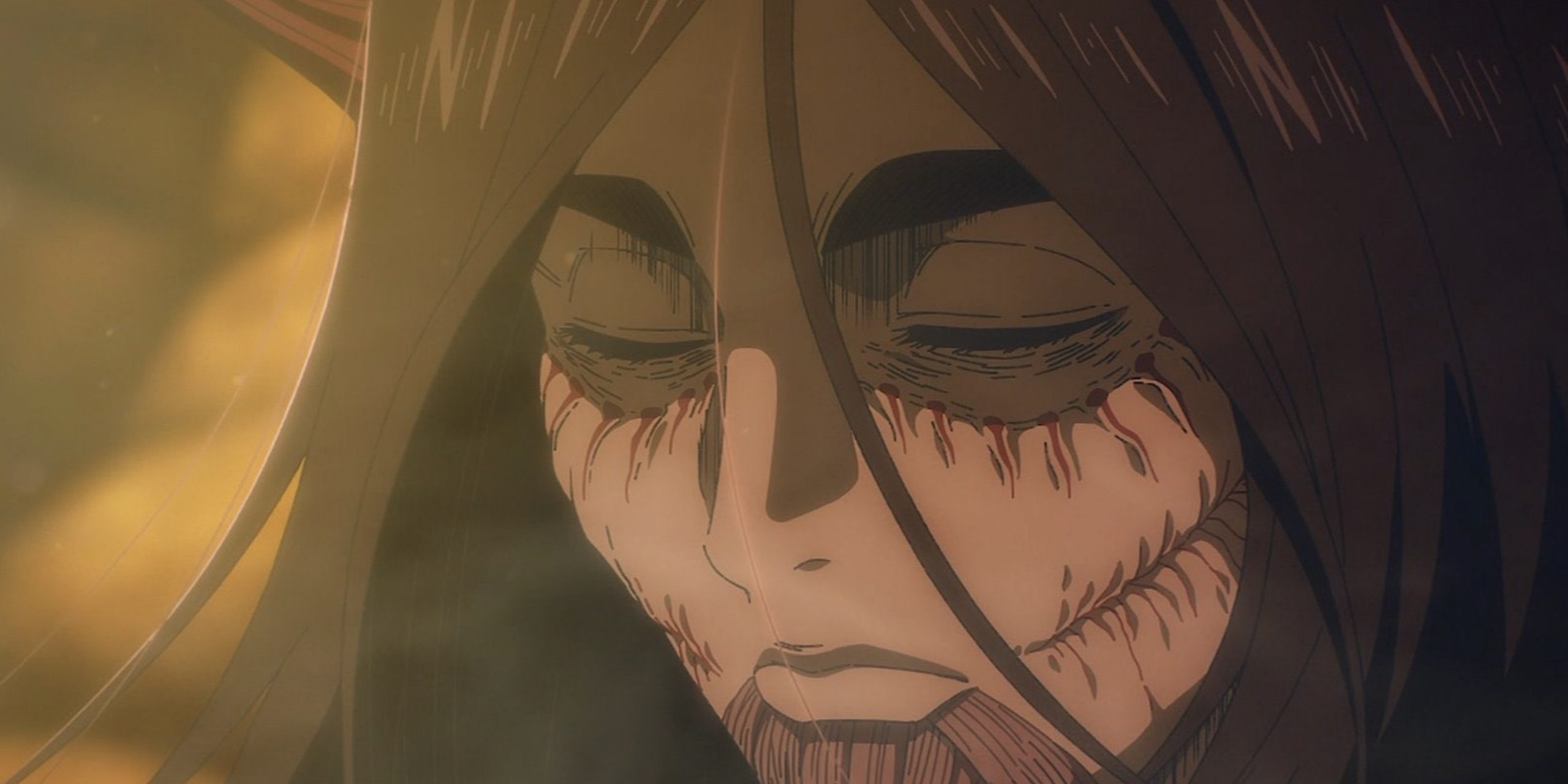
Certain Chinese analysts have taken umbrage with these aspects, believing the show symbolically references or undermines the authority of the Chinese Communist Party.
Moreover, they argue some narratives and characterizations draw misguided parallels between China’s relationship with Japan and presumptions regarding Hong Kong’s perceptions of Chinese oversight.
These perceived political undertones, seen as subtly questioning or criticizing China through sci-fi allegory, have fueled conclusions by Chinese regulators that Attack on Titan promotes perspectives harmful to state authority.
As such, beyond concerns over violent content, the insurgent ideologies Chinese analysts claim the show represents greatly informed their decision to ban the distribution of anime officially.
The series has thus joined the substantial list of entertainment media prohibited in China over state censorship centered on defending political, social, and historical narratives favored by the Chinese Communist Party.
This case again reflects China employing media restrictions as a tool for imposing ideological controls and silencing messages deemed detrimental to state power.
Why was the Attack on Titan Banned in Turkey?
In 2013, Turkey’s media regulatory body, the Radio and Television Supreme Council (RTÜK) issued an initial ban on broadcasting Attack on Titan on the grounds that its explicit scenes of violence and gore made the series unsuitable and potentially harmful viewing for children.
The graphic nature of the anime’s depictions of battles against the man-eating Titans, along with vivid scenes of bloodshed and cannibalism, provoked concern from RTÜK that such imagery could negatively impact young Turkish audiences.
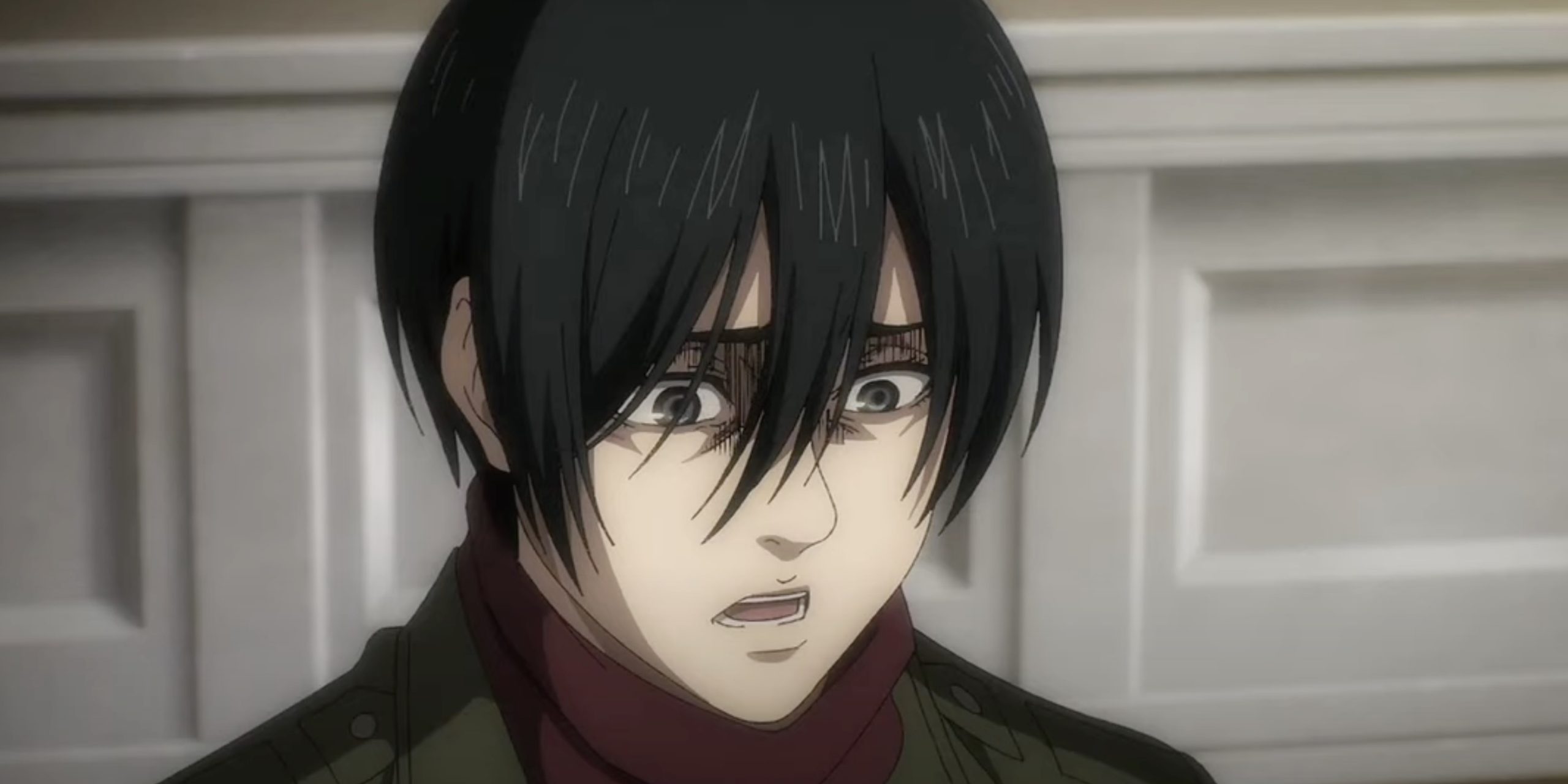
Citing the need to protect children from intense visuals of murder and cruelty, the regulatory council enforced a blackout on the distribution of the series. However, a year later, in 2014, after Japanese producers edited portions of Attack on Titan to remove some of the most visceral portrayals of violence, RTÜK chose to lift the ban.
Believing the content modifications addressed the main sticking points related to potential developmental harm to minors, the council permitted renewed airing of the anime in Turkey.
This case reflects the careful line regulatory bodies must walk between allowing artistic expression and intervening when media content is deemed detrimental to a vulnerable subset of the population.
Though popular globally, Attack on Titan’s unflinching substance tested the boundaries of graphical violence permitted by a conservative government seeking to preserve age-appropriate media consumption.
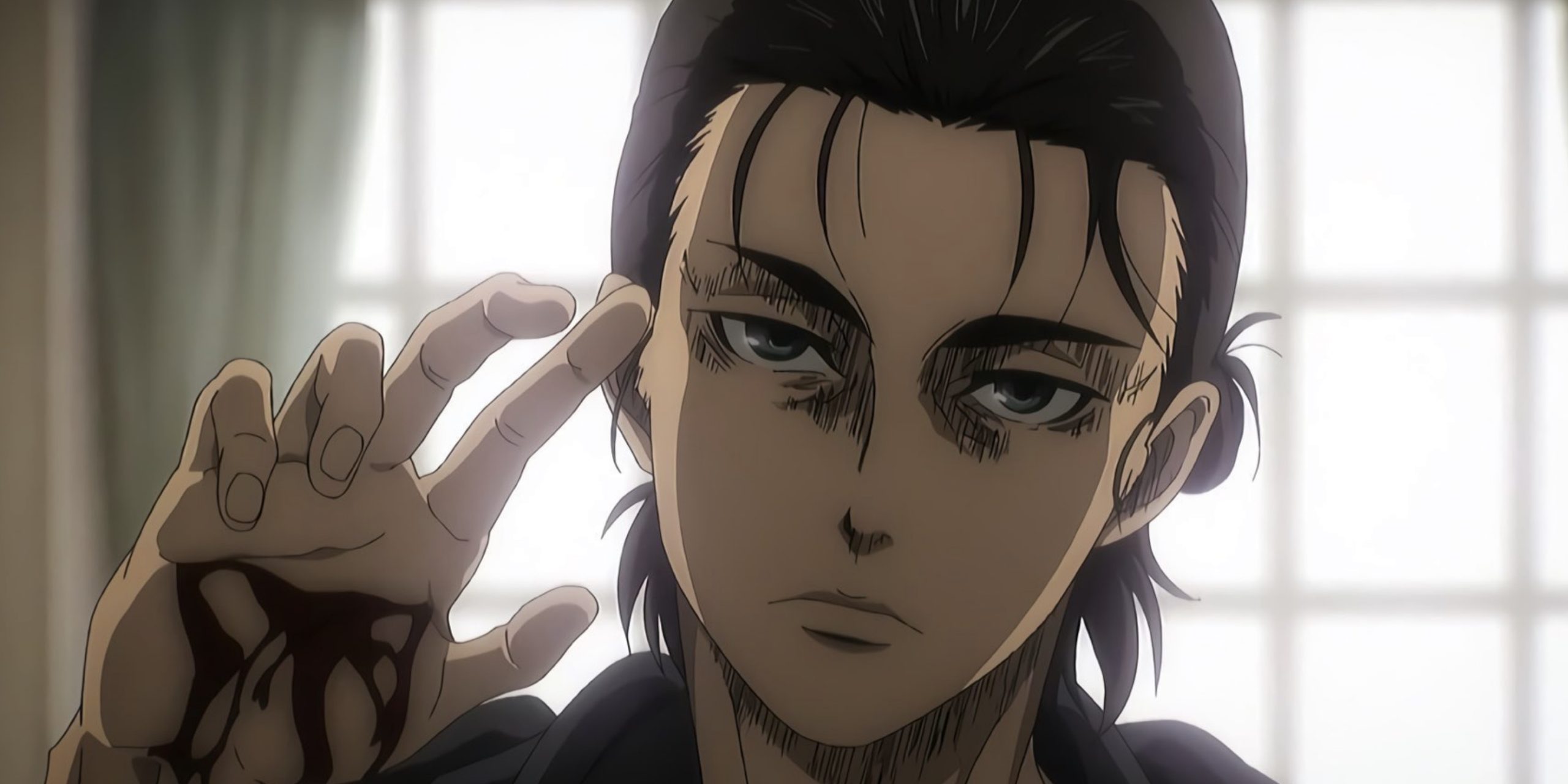
The edited version reached a compromise amenable to both Japanese creators and Turkish moral gatekeepers.
Why was the Attack on Titan Banned in South Korea?
In 2014, South Korea’s media regulatory body, the Korea Communications Commission (KCC), instituted a ban on Attack on Titan based on judgments that the anime’s graphic violence violated broadcast decency standards and that its fictional depictions of Japan promoted negative stereotypes.
Specifically, the KCC took issue with vivid sequences showing excessive bloodshed and cruelty, determining such imagery inappropriate for public television.
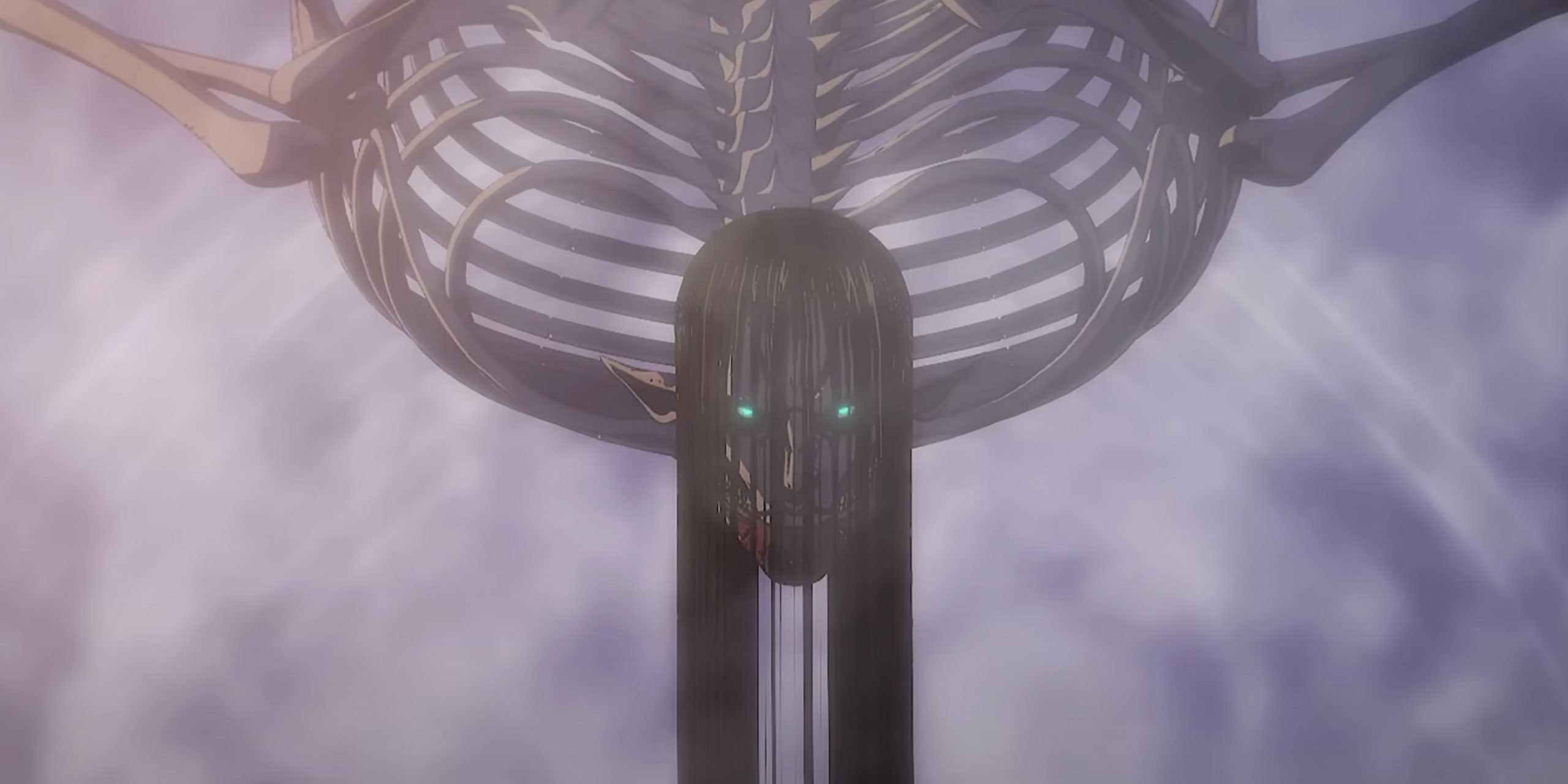
Additionally, with long-standing cultural tensions between Korea and Japan, the commission argued the show’s portrayal of the neighboring country damaged diplomatic perceptions, further necessitating restriction.
After nearly a year of being blacklisted, Attack on Titan’s producers negotiated edits to the series mitigating the KCC’s concerns over excessive gore and nationalistic symbolism.
Toning down violent visuals and tweaking plot points referring to Japanese identity led the KCC to lift the ban in 2015.
Here, decisive state intervention reveals tensions between artistic freedom, public safety interests, and maintenance of diplomatic reputation.
While internationally acclaimed, Attack on Titan’s uncompromising representations of moral depravity and complex interweaving of real-world sociopolitics prompted a temporary suppression in Korea – highlighting how governments readily leverage their authority over media spaces to serve ideological or image-focused motives, often at the cost of creative works.
The Ban On Attack on Titan Faced Many Controversies
It is important to note that the bans on Attack on Titan instigated debate within Turkey and South Korea concerning governmental censorship.
Many citizens argued the regulatory interventions represented excessive constraints on freedom of expression, denying audiences access to an impactful modern anime.
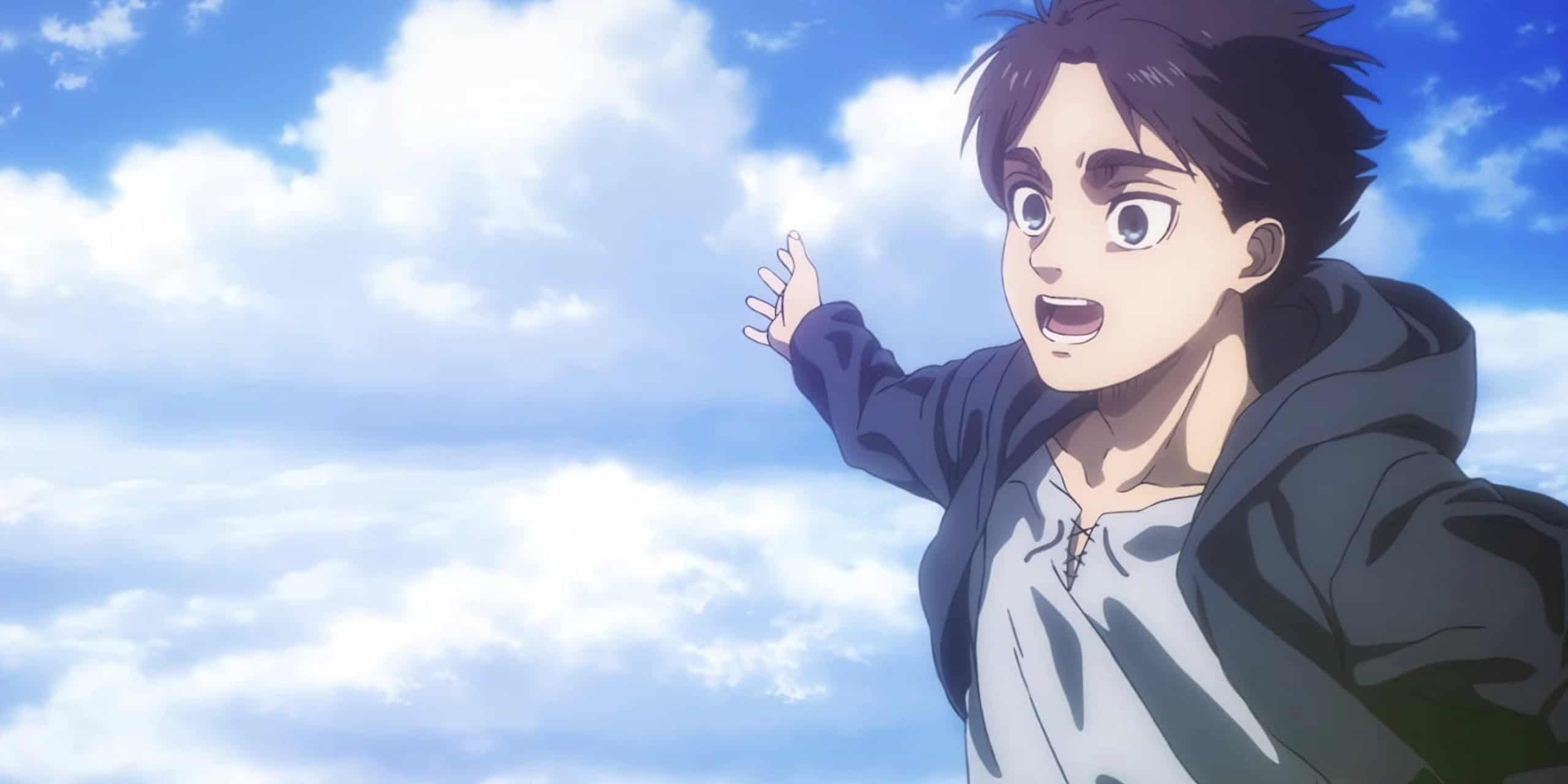
Supporters contended the graphic content and complex politics of the series posed real threats – potentially normalizing violence or spreading detrimental stereotypes.
However, critics of the bans countered that viewers could differentiate fiction from reality. They saw the prohibitions as paternalistic overreach, motivated by moral panic.
The societal disputes reflected tensions between consumer freedom, artistic integrity, and perceived social harms.
While the edited versions eventually permitted in both countries reduced graphic elements to appease censors, arguments persisted around the democratic need to enable audiences to evaluate media for themselves.
The narrative and imagery of Attack on Titan touched on issues often considered taboo or sensitive, provoking polarization over the legitimacy of restricting raw creative vision versus state obligations to limit offensive or dangerous speech.
There were complex ideological battles beneath the surface of these censorship cases.
Why China Bans Anime?
The Chinese government is very concerned with keeping tight control over media content that gets distributed in the country.
They want to promote social harmony and order by making sure that the Chinese public, especially young people, are not exposed to things the government sees as morally questionable or socially destabilizing.
One area where this censorship is really obvious is in anime and manga from Japan. Chinese authorities closely review these animated shows and comics to make sure nothing too violent, gory, or sexually explicit makes it into the country.

For example, they banned the broadcast of an anime called “Blood-C” because of one particularly graphic and bloody scene that they thought would be deeply disturbing and uncomfortable for audiences.
This is not an isolated case. China frequently bans foreign shows and movies if they go against what the government sees as acceptable moral standards for society.
The officials argue they are protecting young minds and maintaining social stability. However, critics see it as overly restrictive and a way for China to control public information and discourse.
Either way, censorship policies in China are very politically motivated. The government uses media oversight, like banning certain anime, to promote its own narrative and vision of morally upright values.
Anything that challenges that gets silenced in the name of social harmony. Its control is masked as looking out for the public good.

